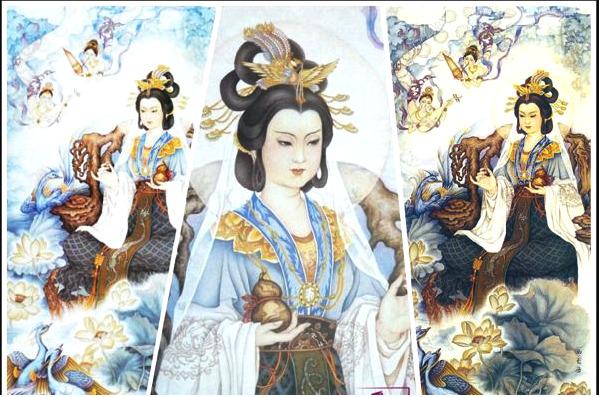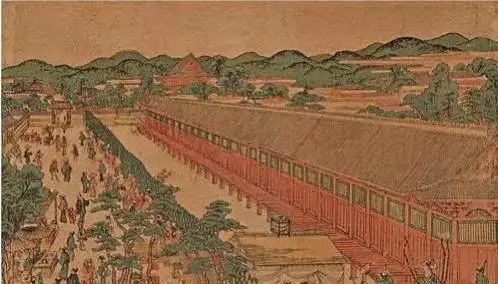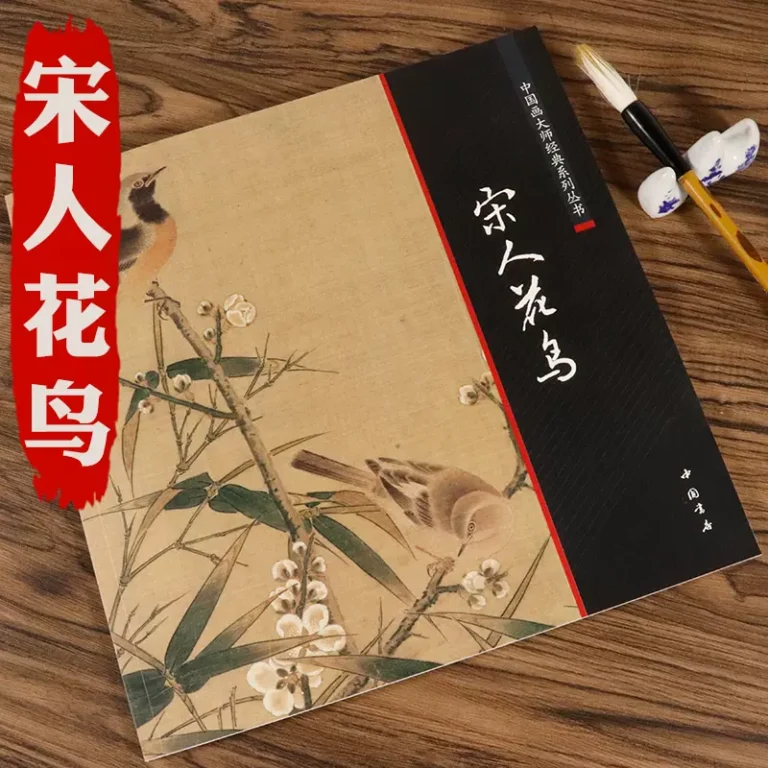
Ming Dynasty’s tribute policy in trade diplomacy with Japan
Introduction
Sino-Japanese exchanges in the Ming Dynasty were mainly economic and trade, with tribute trade as the focus. Tribute trade was a formal form of trade. Japan has had the experience of paying tribute to China in its history. Sino-Japanese relations in the Ming Dynasty also relied on tribute trade relations.
Generally speaking, Sino-Japanese trade in the Ming Dynasty can be divided into four periods. During this period, misunderstandings and discord arose due to a lack of understanding of each other’s diplomatic intelligence and the political situation between China and Japan. Official and non-governmental exchanges were temporarily interrupted, and Japan’s political and economic exchanges took a further step.
With the gradual resolution of the Japanese problem, the Ming Dynasty canceled the maritime embargo policy, and Sino-Japanese exchanges and trade cooperation further deepened.

1. Establishing a tribute trade system
After the difficult development of Sino-Japanese exchanges during the Hongwu period, changes occurred during the Jianwen Emperor’s period. After Ming Chengzu came to the throne, in order to establish an orthodox image, it was necessary to strengthen exchanges with other countries and Japan; Japan was also unable to obtain necessities through tribute trade due to the strict sea ban policy in the late Hongwu period, and urgently needed to establish a stable tribute trade relationship with the Ming Dynasty to alleviate some financial difficulties of the shogunate and obtaining substantial economic benefits for Japanese society. China and Japan both have the desire for normal exchanges. In August of the first year of Yongle, Ming Chengzu went to Japan as an envoy.

Japan’s work ships mainly carried minerals, weapons and some handicrafts, while the goods shipped back to Japan included silk, cloth, classics, works of art and a large amount of currency.
“Da Ming Code” records that anyone who takes specified items (such as satin, silk, silk floss, ironware, military supplies, copper coins, etc.) out of the country without permission will be sentenced to death with a stick.
In accordance with the requirements of the Ming Dynasty, Japan destroyed many Japanese pirate strongholds, which solved Japan’s long-standing problems to a certain extent. According to statistics, from the second year of Yongle to the eighth year of Yongle, Japan paid tribute to the Ming Dynasty ten times, and the Ming Dynasty sent envoys to Japan eight times.
Although the Ming Dynasty stipulated that Japan could only pay tribute once every ten years, with a maximum of two hundred people and two ships at a time, neither party strictly enforced it. In order to obtain currency and goods, Japan paid tribute almost once or even several times a year, and the number of ships and people paid each time exceeded the number.
2. The End of Tribute Trade
In the sixth year of Yongle, due to many domestic conflicts in Japan and changes in relations with the Ming Dynasty, the tribute trade was interrupted and the Chinese and Japanese authorities were suspended. At the same time, in the face of Japan’s long-term suspension of tribute, rampant smuggling on the southeast coast, and frequent smuggling incidents involving collusion with Japanese pirates, Emperor Xuanzong of the Ming Dynasty also wanted to restore normal relations with Japan.
Compared with the trade rules of the Yongle period, although the number of tribute ships and personnel has increased, the number is still limited. This shows that Japan’s domestic demand for Ming Dynasty goods has increased, and also reflects the Ming Dynasty’s concern that the scale of tributes was too large and uncontrollable.
The Ming Xuan sect sent envoys to Japan, bringing a large number of items as rewards. Sino-Japanese trade relations, which had been interrupted for several years, were restored, and China and Japan resumed tribute trade.

Japan obtained a large amount of needed materials through tribute trade, and its domestic economy developed rapidly. However, due to the lack of effective management of this trade by the two governments, its operating methods and operating rights have gradually lost control.
Civilian smuggling activities are once again rampant in coastal areas. Smugglers colluded with Japanese pirates to form large and small pirate gangs, leading to the southeast of the Ming Dynasty. The social security crisis in border areas is becoming increasingly serious.
In order to obtain more favorable economic interests, various political forces in Japan continued to violate trade regulations, privately added Ming ships and personnel, and competed with each other for tribute, declaring the end of this tribute trade.

The Ming Dynasty wanted to establish good relations with Japan through trade and use the power of the Japanese government to solve Japanese problems. But by the middle of the Ming Dynasty, Japan was in a state of civil war, and a divided Japan could no longer meet the Ming Dynasty’s requirements to stop Japanese invaders.
The Ming Dynasty lost confidence in Japan, which essentially led to the end of tribute trade. Secondly, the national power of the Ming Dynasty gradually declined, and its finances could not support this unequal trade.
Although the tributary trade was dominated by the Ming Dynasty, the empire’s vanity mentality resulted in the Ming Dynasty being largely unprofitable and hoping to build a good relationship with Japan through detailed exchanges and atabilize seas with territories.
Secondly, Japanese tribute generally consisted of goods that the Ming Dynasty did not need. The value of the items rewarded by the Ming Dynasty was usually much higher than the value of the tributes, and they were all urgently needed by Japan. Japanese businessmen and political forces are eager to expand this abnormal diplomatic trade, and the disorderly expansion of trade has exceeded the management capabilities of both countries.
During the Jiajing period, a serious economic crisis occurred in the Ming Dynasty. The national treasury was in deficit and trade put great pressure on the Ming Dynasty’s economy. Japanese pirates colluded with pirates to burn, kill and plunder, seriously disrupting the normal life of coastal residents in the Ming Dynasty. However, the political turmoil and social unrest in Japan meant that the Ming Dynasty could no longer place its hope in containing Japanese pirates through trade cooperation.

Conclusion
In the early Ming Dynasty, Sino-Japanese relations were mainly based on tribute and private trade, with two-way exchanges and interactions. The Ming Dynasty occupies a dominant position in Sino-Japanese relations, and its trade policy towards Japan is an important symbol of the relationship between the two countries, while Japan’s complex political situation is an important influencing factor. During the Hongwu period, the Ming Dynasty was still unstable and was eager to establish stable diplomatic relations with neighboring countries in order to maintain its rule.
Therefore, a moderate basic foreign policy was implemented. Official trade became an important means for the Ming government to use the Japanese government to alleviate harassment by Japanese pirates along the coast. During the Yongle period, the situation in Japan was stable, and the number of Japanese pirates who fled to the southeastern coast of the Ming Dynasty continued to increase.
The Ming Dynasty officially included Japan’s trade with China in the official tribute trade track. Diplomatic and economic and trade exchanges have become more frequent, which has eased the hostile atmosphere between the two countries since the Song and Yuan Dynasties and enhanced the feelings between the two peoples in terms of economy, trade, culture and diplomacy. The influence was mutual.
On the one hand, quasi-trade effectively alleviated Japan’s coastal problems in the Ming Dynasty and stabilized the social security situation, which was conducive to the consolidation of the Ming Dynasty’s regime.
On the other hand, for the Japanese government, the influx of large amounts of Ming Dynasty materials and wealth not only increased the shogunate’s fiscal revenue and maintained political stability, but also enabled the country’s commodity economy to develop rapidly during this period, vigorously promoting Japanese social development.

Source: History Expo

